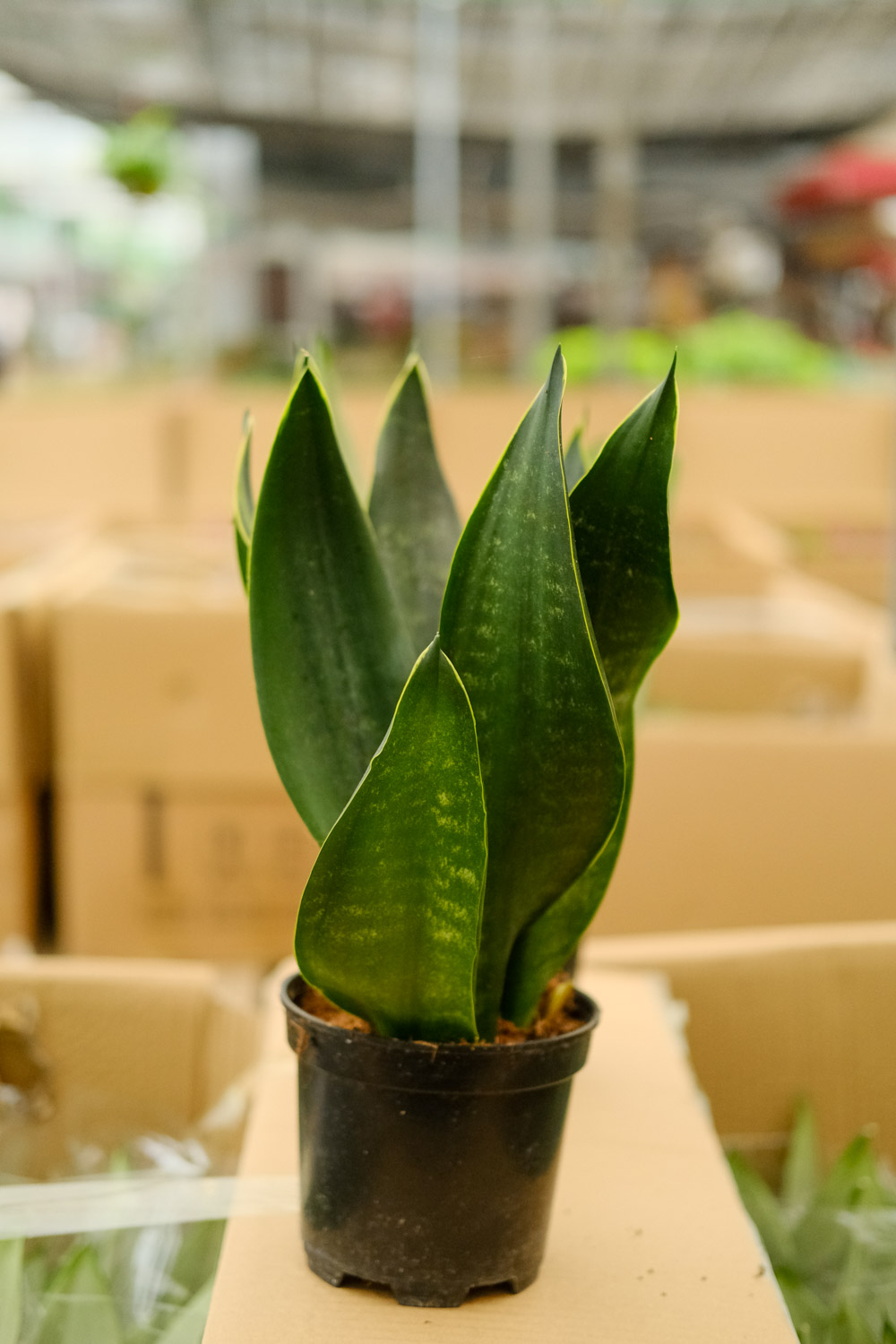1、 How to judge water shortage
1. Leaf changes: after water shortage, the leaves will become very hard and rough to touch. The leaves that are normal without water shortage will be softer, and the color of the leaves will also change, resulting in the dim color of the leaves. If the leaves are found to have such changes, they can be watered in time to ensure the growth demand
2. Dry basin soil on the surface: hupilan does not like to be wet, but if it is not watered for a long time, the basin soil on the surface will become dry, the soil is relatively dry, some white, and there may be cracks

3. Light weight: after water shortage, there is no water in the soil, and the weight becomes very light. You can weigh it and feel it easily
4. Crisp sound: after the soil in the flowerpot is short of water, gently tap the four walls of the flowerpot to make a crisp sound, so that it can be watered

2、 How to water correctly
The climatic conditions in different seasons are different, so the frequency of watering is also different. The growth in spring and autumn is vigorous, so it can be watered once a week. In summer, it needs to be watered more frequently. In case of strong evaporation, it can be watered twice a week. The water demand in winter is not much and the growth is relatively slow. It can be watered once every two weeks. Each watering should control the amount of water to ensure that it can be poured thoroughly


 how many times do yo...
how many times do yo... how many planted tre...
how many planted tre... how many pine trees ...
how many pine trees ... how many pecan trees...
how many pecan trees... how many plants comp...
how many plants comp... how many plants can ...
how many plants can ... how many plants and ...
how many plants and ... how many pepper plan...
how many pepper plan...



























